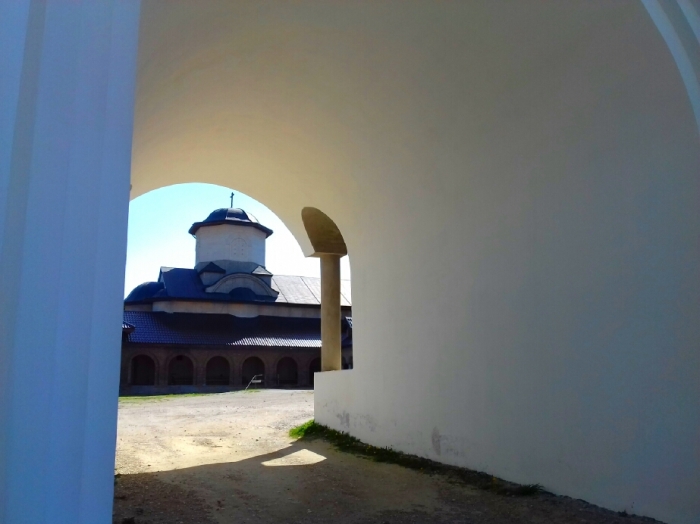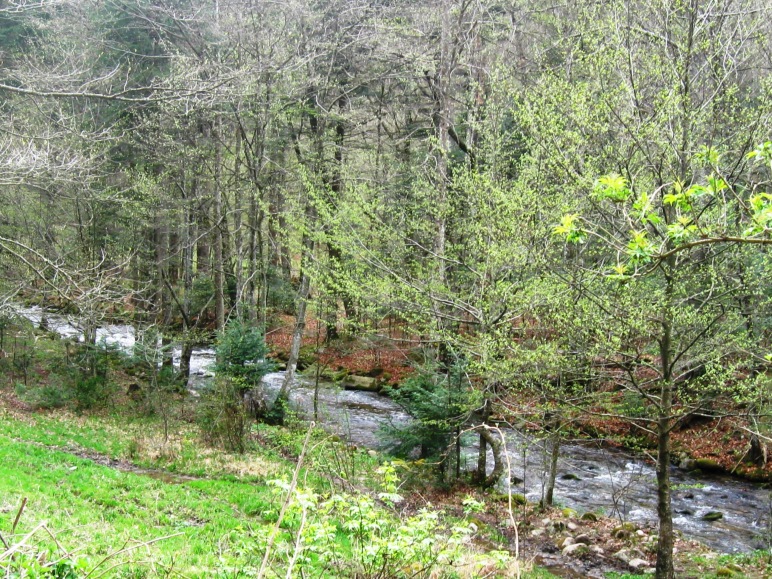







The outdoor steam locomotives museum includes 16 of the most important locomotives that used to function here.






RESITA






Looking for some peace and quiet? Then, Crivaia a resort near Resita ( 30 km away) is a possible answer. The place offers a variety of possibilities for hiking, as well as entertainment ( swimming, fishing, sailing, water sports, night clubs).
The air is of good quality and the average temperatures are around 7 degrees Celsius. People with breathing problems and neurosis can find the cure here.

The forests, lakes and caves create marvellous sceneries. You can see eagles, hawks, reptiles, squirrels, foxes and deer.
Crivaia is situated at 650 m altitude and lies at south of Gozna Lake and at the foot of Semenic Mountains.



There are possibilities for camping in vans or tents. There are also places that offer accommodation or food.

Villa Klaus bulit in 1808 used to be a school camp. Nowadays it is closed. It is also the place where King Mihai of Romania learn how to read and write. The building has a historic importance.



A few facts about Caras Severin
Situated on the south-western part of Romania, Caras-Severin County represents 3,6% of the coexisting relief forms. The mountains have 65,4% of the surface, 10,8 % is represented by the hillsand 16,5 % by the hollows. The plains occupy only 7,3%.
Located not far away from the Adriatic Coastand at the base of the Carphatian Mountains, Caras-Severin County is influenced by a moderate temperate-continental climate with sub-mediteranean influences.Due to the existance of a dominant mountain relief it has determined the existence of an extended water network and many man made lakes.The southern part of the County is crossed by the Danube River which is an important transport routetothe rest of Europe.
The first official mentioning of Caras-Severin dates back in the year 1200.Vast territories, with a breathtaking landscape and special value have been declared natural reservations and have been integrated in the perimeter of the National Parks of Romanian’s total surface. 

